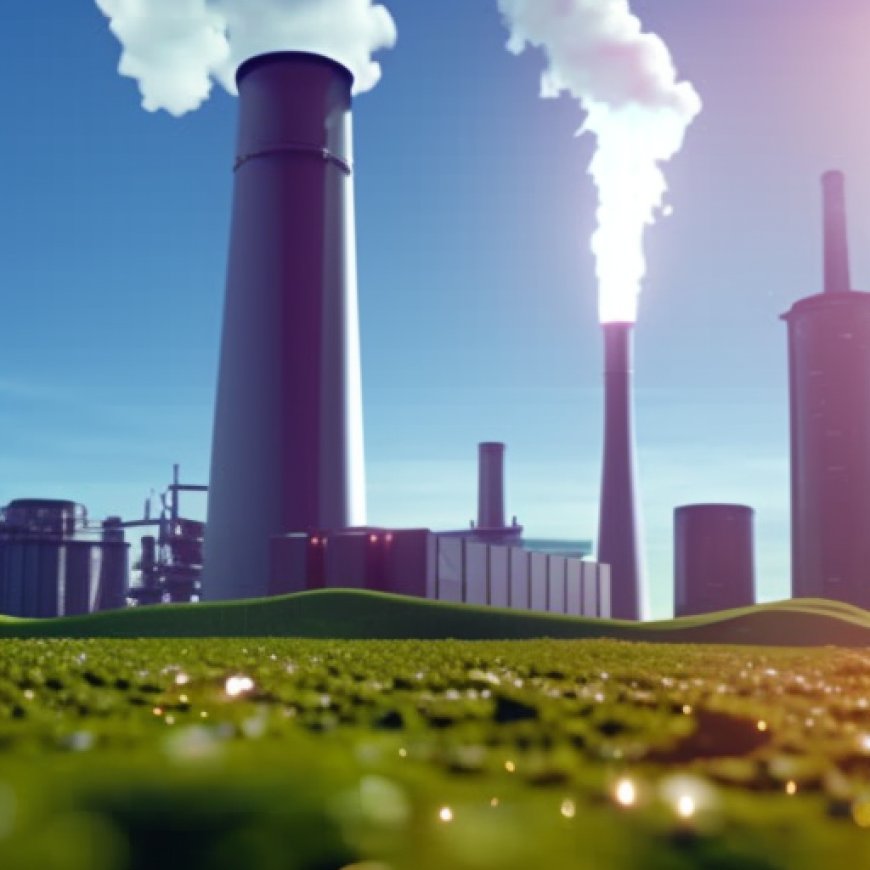Advancing Affordable Access to Climate Technologies for Clean Transition and Sustainable Industrialization in Developing Countries


Advancing Affordable Access to Climate Technologies for Clean Transition and Sustainable Industrialization in Developing Countries

The Clean Transition Challenge
The clean transition toward net zero is often constrained by inadequate finance and access to affordable climate technologies, especially for developing countries. While the Group of 20 (G20) has been at the forefront of efforts to take steps to address the financial challenges, the generation and diffusion of climate technologies must also receive due attention.
The Role of Climate Technologies
Climate technologies include solar photovoltaic modules, wind turbines, green hydrogen, lithium-ion batteries, carbon-capture-storage and utilization (CCSU), and more. Some of the policy tools that industrialized and newly industrialized countries exercised to build their productive capacities, such as local content requirements and flexible intellectual property rules, have since been sanctioned in multilateral trade fora. Nevertheless, these tools will be instrumental in sustainable industrialization for a clean transition and inclusive development, as even high-income countries have begun to use them.
Policy Recommendations
- G20 countries should actively build consensus toward structuring global intellectual property rules in a way that facilitates climate and development goals.
- At a national level, G20 countries should maximize existing flexibilities under the Agreement on Trade-Related Aspects of Intellectual Property (TRIPS) to increase access to climate-related technologies while developing these industries simultaneously at a multilateral level.
- The G20 should support new data gathering about patent-protected climate-related technologies and draw from lessons learned during the COVID-19 pandemic to increase the supply of those technologies.
Fostering the Supply and Diffusion of Clean Technologies
In this context, examining how to foster the supply and diffusion of clean technologies for sustainable industrialization is important. Specifically, multilateral trade rules and free trade agreements may undermine the ability of developing countries to develop new technologies and access them. The G20 can advance global consensus-building and action toward fostering innovation and diffusion of climate technologies by expanding policy space for building productive capacities toward a clean transition.
SDGs, Targets, and Indicators
1. Which SDGs are addressed or connected to the issues highlighted in the article?
- SDG 7: Affordable and Clean Energy
- SDG 9: Industry, Innovation, and Infrastructure
- SDG 13: Climate Action
- SDG 17: Partnerships for the Goals
2. What specific targets under those SDGs can be identified based on the article’s content?
- SDG 7.2: Increase substantially the share of renewable energy in the global energy mix
- SDG 9.5: Enhance scientific research, upgrade the technological capabilities of industrial sectors in all countries, in particular developing countries, including, by 2030, encouraging innovation and increasing the number of research and development workers per 1 million people
- SDG 13.2: Integrate climate change measures into national policies, strategies, and planning
- SDG 17.6: Enhance North-South, South-South, and triangular regional and international cooperation on and access to science, technology, and innovation and enhance knowledge sharing on mutually agreed terms, including through improved coordination among existing mechanisms, in particular at the United Nations level, and through a global technology facilitation mechanism
3. Are there any indicators mentioned or implied in the article that can be used to measure progress towards the identified targets?
- Indicator for SDG 7.2: Share of renewable energy in the total final energy consumption
- Indicator for SDG 9.5: Number of researchers (per million people) and expenditure on research and development (R&D) as a proportion of GDP
- Indicator for SDG 13.2: Number of countries that have communicated the establishment or operationalization of an integrated policy/strategy/plan which increases their ability to adapt to the adverse impacts of climate change, and foster climate resilience and low greenhouse gas emissions development in a manner that does not threaten food production
- Indicator for SDG 17.6: Number of countries reporting progress in multi-stakeholder development effectiveness monitoring frameworks that support the achievement of the sustainable development goals
Table: SDGs, Targets, and Indicators
| SDGs | Targets | Indicators |
|---|---|---|
| SDG 7: Affordable and Clean Energy | 7.2: Increase substantially the share of renewable energy in the global energy mix | Share of renewable energy in the total final energy consumption |
| SDG 9: Industry, Innovation, and Infrastructure | 9.5: Enhance scientific research, upgrade the technological capabilities of industrial sectors in all countries, in particular developing countries, including, by 2030, encouraging innovation and increasing the number of research and development workers per 1 million people | Number of researchers (per million people) and expenditure on research and development (R&D) as a proportion of GDP |
| SDG 13: Climate Action | 13.2: Integrate climate change measures into national policies, strategies, and planning | Number of countries that have communicated the establishment or operationalization of an integrated policy/strategy/plan which increases their ability to adapt to the adverse impacts of climate change, and foster climate resilience and low greenhouse gas emissions development in a manner that does not threaten food production |
| SDG 17: Partnerships for the Goals | 17.6: Enhance North-South, South-South, and triangular regional and international cooperation on and access to science, technology, and innovation and enhance knowledge sharing on mutually agreed terms, including through improved coordination among existing mechanisms, in particular at the United Nations level, and through a global technology facilitation mechanism | Number of countries reporting progress in multi-stakeholder development effectiveness monitoring frameworks that support the achievement of the sustainable development goals |
Source: bu.edu








